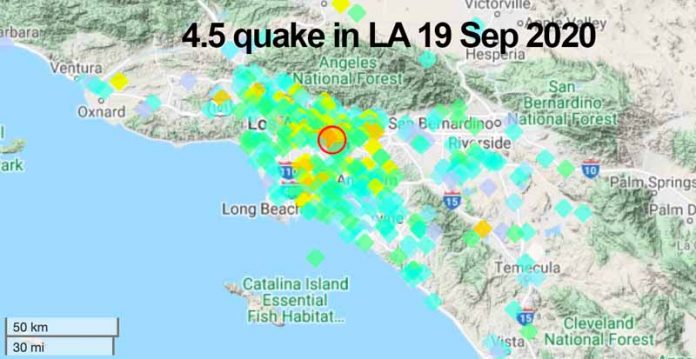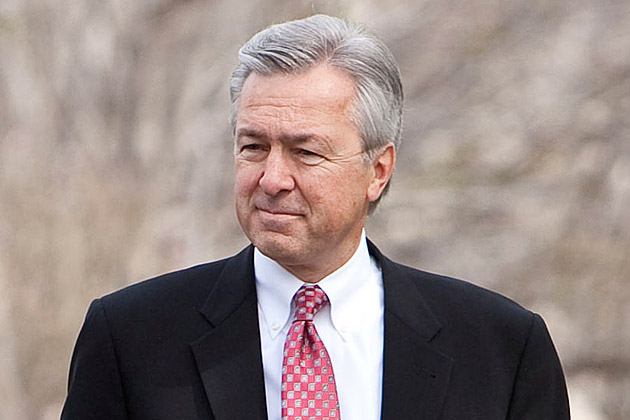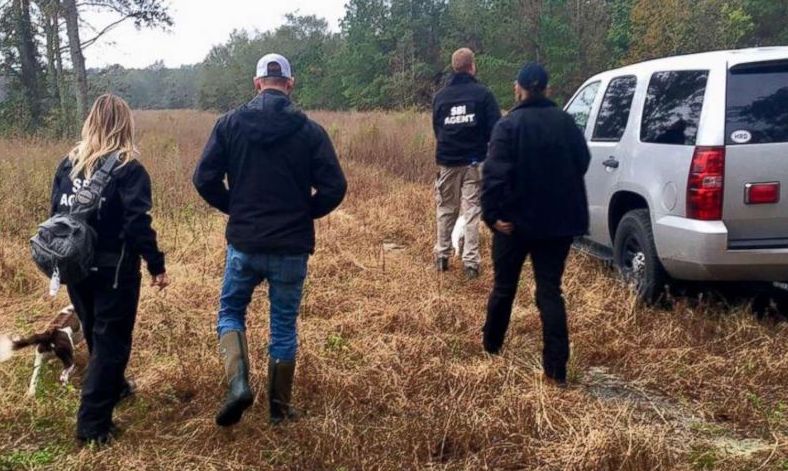In addition to fallen objects and cracks in streets, many people found new small cracks in walls as a result of the quake:
Nothing like finding the tiny cracks in your apartment walls and ceiling have grown quite a bit after a moderate earthquake that could still just be a foreshock to a bigger one. pic.twitter.com/FQqw80hf3M
— Mykie (@GlamandGore) September 19, 2020
During the first hour, we received more than 2000 reports from people in the LA area who felt the quake. Most described the tremor as a rattling vibration that lasted 5-10 seconds.
In many areas near the epicenter, things fell from shelves in houses and stores, but there seems to be no major damage. Small cracks opened on some streets as well.
According to seismologists, the quake likely resulted from a movement along the Puente Hills blind thrust fault, which runs beneath the center of LA and therefore is one of the most dangerous ones in the LA area.
A thrust fault is one where the 2 adjacent crustal blocks on either side of the fault plane are pushed together and moved partly one over another as a result of compression. A bling fault refers to the situation when the fault fracture is not reaching the surface. In the LA area, such blind faults are related to a curvature in the the nearby San Andreas fault.













